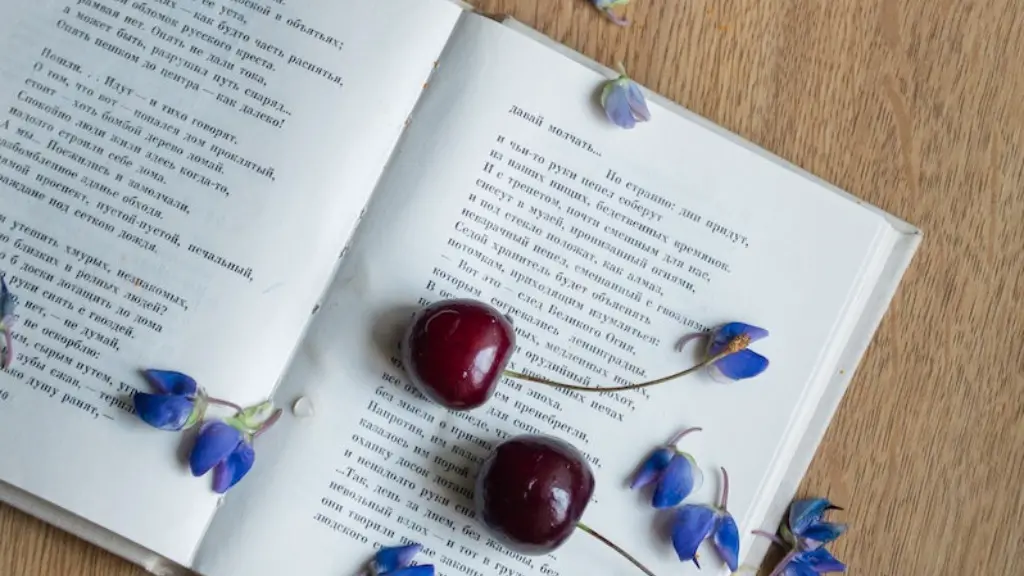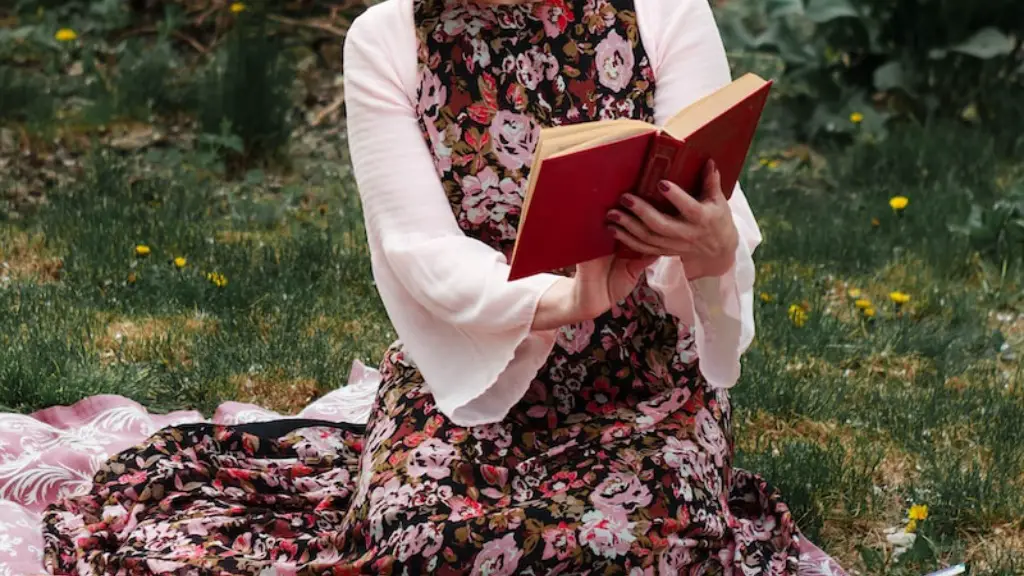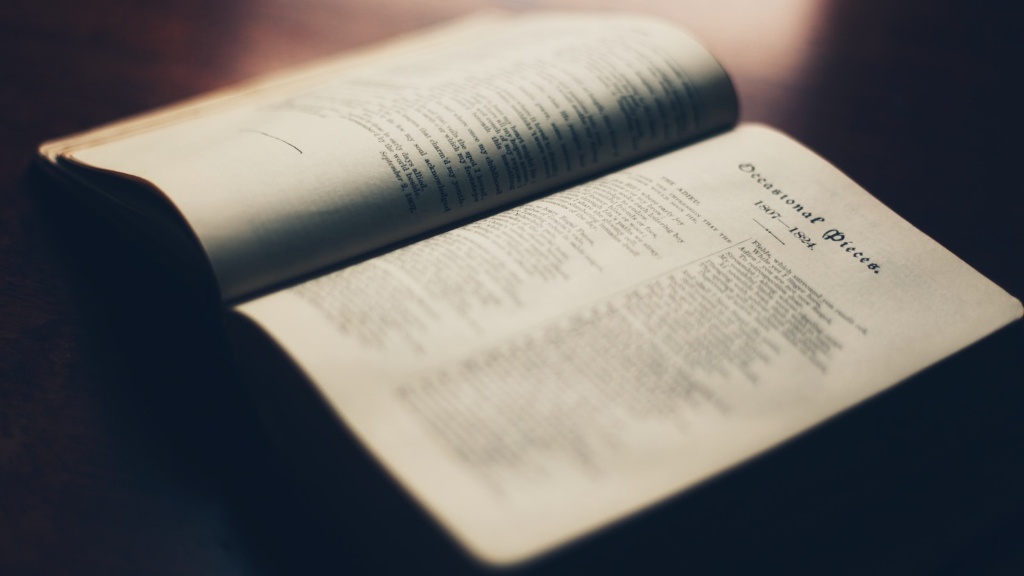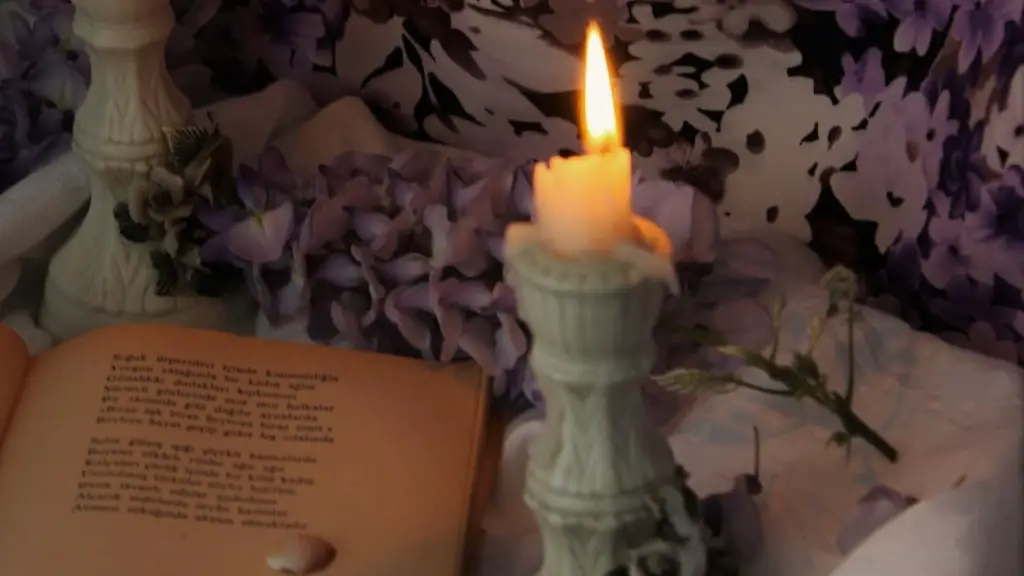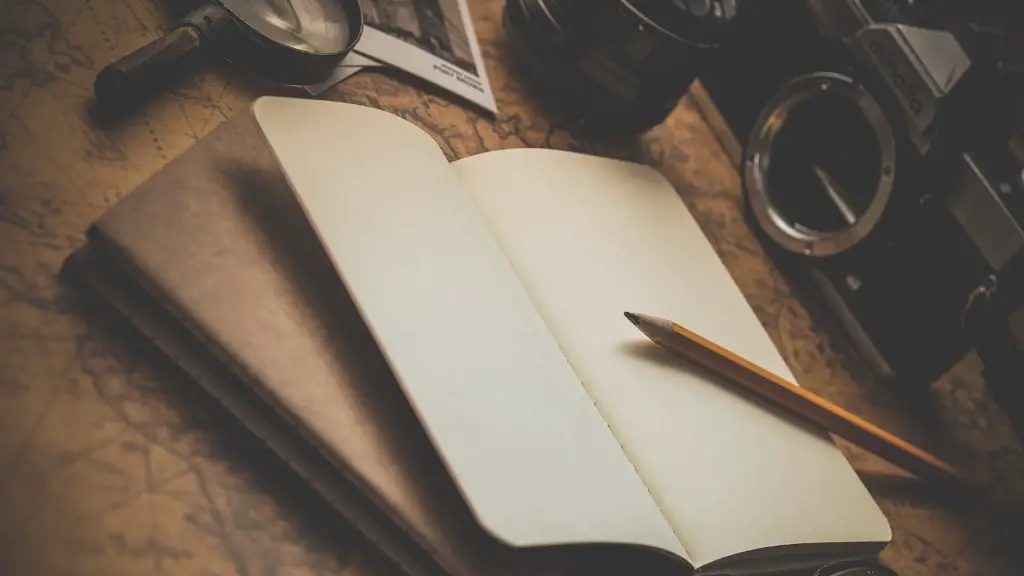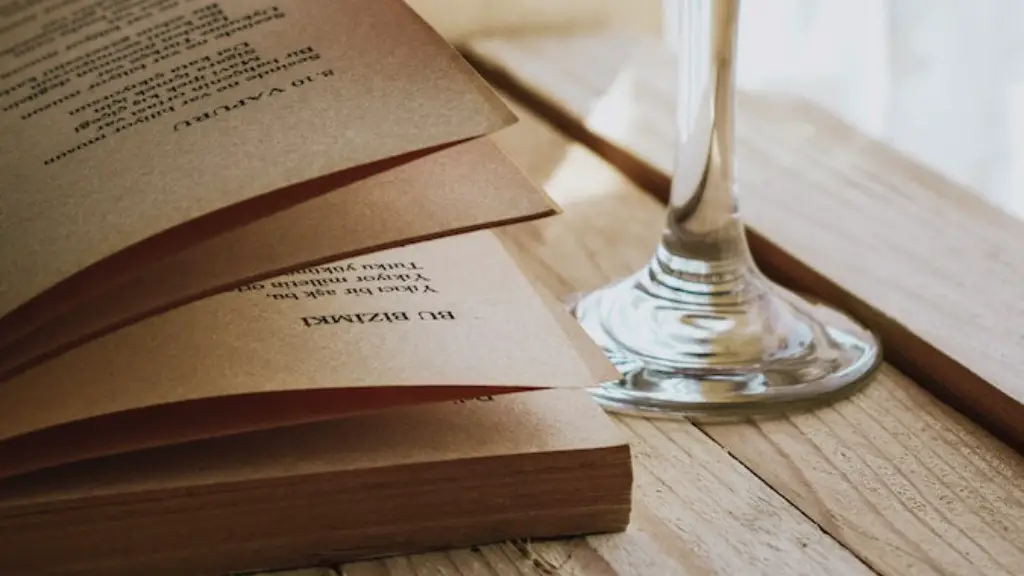What Does Denotation Mean in Poetry?
Denotation is an essential poetic device and can play a major role in the effect and interpretation of a work. It is the literal meaning of a word or phrase, without any emotional or cultural implications. Denotation often contrasts with connotation, which is the emotional, cultural, and symbolic implications of a word or phrase. In poetry, denotation is crucial to understanding the meaning of the poem and to interpreting its true intent.
Denotation is widely interpreted and defined in many ways in poetry, however it is generally thought of as the literal meaning of a word. For example, the denotation for the term “color” would be to describe something as having a particular hue, such as “blue” or “red.” On the other hand, the connotation of the same word “color” could be something more abstract, such as the emotions associated with a particular color, like “happiness” or “sadness”.
In poetry, denotation can be used to great effect. By using everyday language that is exact yet evocative, poets can express complex ideas and emotions. By using denotation, the poet is relying on the reader’s ability to discern the difference between literal and figurative meanings. This relationship between the author and reader is fundamental to the process of interpretation and can ultimately create a unique reading experience.
Denotation is often used to create a vivid image in the reader’s mind. For example, the phrase “black cat” instantly evokes an image of a dark, mysterious feline slinking across the page. While the phrase is used in its literal sense, the reader is able to easily imagine a larger narrative and place themselves in the context of the poem. This is a technique that can be used effectively to bring a poem to life and make it all the more powerful.
The power of denotation in poetry should not be underestimated. In the hands of a skilled poet, words can be used to convey complex ideas and strike emotive chords with the reader. It is up to the poet to decide what words to use, as denotation allows a poet to play with language and create unique and interesting works.
Has Denotation Changed Over Time?
Due to the ever-changing nature of language, the scope of denotation has changed over time. This is especially true of words that have taken on a different meaning over the years. In some cases, the denotation of a word can completely change, so that it no longer has the same meaning it once did. This is why it is important for readers to pay special attention to the connotations and implications of a word, in order to properly understand the author’s intent.
In today’s world, denotation is also used differently in poetry. For example, many poets now employ a technique known as “stretching and contraction” which involves warping and twisting words to create a poetic imagery. This type of wordplay relies on an understanding of denotation in order for it to be effective. By creating a dialogue between the literal and figurative meanings of words, poets can create new and imaginative expressions.
Nevertheless, denotation is still an essential poetic device. Despite the many changes that have taken place over the years, denotation remains the foundation of poetic expression. Without this essential tool, poets would not be able to convey their ideas and emotions in the most effective manner.
The Role of Denotation in Setting Mood and Atmosphere
Denotation plays an important role in setting mood and atmosphere in a poem. By using certain words and phrases with a specific denotation, a poet can set the tone and evoke certain emotions in a reader. This is why poets pay special attention to their choice of words and how they sound when spoken aloud. For example, in a love poem, the poet might employ words with a softer denotation, such as “captivating,” “beautiful,” and “ethereal” to convey a sense of romance.
In addition, denotation can also be used to create powerful imagery. By using concrete words with clear meanings, a poet can give readers a clear picture of what is being described. In this way, poets can create vivid scenes that capture the reader’s imagination and draw them into the poem. For example, a poet might use words with a strong denotation, such as “wailing,” “trembling,” and “bellowing” to create an image of a stormy night.
In short, denotation is an essential device for any poet. By understanding the literal and figurative meanings of words, a poet is able to create powerful poetry that resonates with readers. In this way, denotation can be used as a tool to shape the mood and atmosphere of a poem and bring it to life.
What Effects Does Denotation Have on Poetic Devices?
Denotation is also important in regards to other poetic devices, such as alliteration and assonance. By choosing words with similar denotations, a poet can create a harmonious effect that heightens the atmosphere of the poem. For example, a poet might use the words “purr,” “peppermint,” and “piano” to create an alliterative effect that emphasizes the soft and mellow nature of the poem.
Likewise, denotation also plays an important role in the use of metaphors and similes. By using words with certain associations and meanings, a poet can create a comparison that helps to explain the subject at hand more clearly. When analyzing the denotation of a phrase, the reader is able to make the connection between the metaphor or simile and the concepts being discussed.
In conclusion, denotation is an important poetic device and can have a significant impact on the meaning and effect of a poem. By understanding the literal and figurative meanings of words, poets can create powerful imagery and evoke strong emotions in the reader. Denotation also plays an important role in other poetic devices, such as alliteration, assonance, metaphor, and simile.
Techniques to Develop Denotative Poetic Skills
When beginning a poem, the poet should be aware of the denotations of the words they are using. This can be done by consulting a thesaurus or dictionary to gain a better understanding of how certain words can be used. This will help to ensure that the words chosen are appropriate to the subject of the poem and that they will create the desired effect.
In addition, poets should pay special attention to the denotation of a phrase or sentence. Most modern poetry relies on the subtle nuances of language, so it is important to evaluate whether the words chosen are congruent with the underlying meaning of the poem. By understanding the full denotation of a phrase, poets can make sure that their words have the most powerful impact.
The best way to develop strong denotative skills is to read and write constantly. By reading the work of other poets, it is possible to gain an awareness of how words are used in a poetic manner. This insight can be invaluable and can help poets to write more effective and meaningful lines.
Finally, it is important to experiment and take risks. Poets should not be afraid to try new words or rework existing phrases. This is the only way to develop a unique and interesting style of writing – and one that is based on strong denotation.
The Art of Using Denotation in Poetry
The ability to use denotation effectively is an art form that is mastered over time. It is a skill that must be practiced and honed, and a technique that needs to be understood. By gaining a deep understanding of denotation, a poet can create powerful works of literature that will stand the test of time.
In addition, denotation is also a useful tool for any reader. It allows readers to look beyond the literal meaning of a word and understand the deeper implications of a phrase or sentence. This understanding can then be used to gain a better appreciation for the poem, which can ultimately lead to a rewarding reading experience.
In short, denotation is an important poetic device and its power should never be underestimated. By understanding the denotation of words, poets can create powerful works of literature, and readers can gain a deeper appreciation of such works.
The Role of Denotation in Establishing Tone
Denotation is also an essential tool in establishing the tone in a piece of poetry. By using certain words and phrases with specific connotations, a poet can convey a certain feeling to the readers. For example, if a poet is aiming for a sad and melancholic tone, they might employ words with a softer denotation, such as “lonely,” “melancholy,” and “forlorn”.
In addition, the denotation of words can also be used to create excitement and energy. By choosing words with a strong connotation, such as “thundering,” “explosion,” and “rumbling,” a poet can create a vivid and dynamic atmosphere in the reader’s mind. This can be a powerful technique for conveying intense emotions to an audience.
In conclusion, denotation is a valuable tool for any poet. By considering the literal and figurative meanings of words, a poet can create a unique atmosphere and set the tone of the poem. Denotation can also be used to create powerful imagery and evoke strong emotions in the reader. Ultimately, by understanding the power of denotation, poets can bring their works to life in a truly meaningful way.
Conclusion of Denotation in Poetry
In summary, denotation is a crucial poetic device and can make a huge impact on any poem. By understanding the literal and figurative meanings of words, poets can create powerful imagery and set the tone of a work. In addition, the use of denotation can also be used to create other poetic devices, such as alliteration and metaphor, to make a poem more engaging and evocative. Ultimately, denotation is a valuable asset to any poet, as it can be used to create effective and meaningful works of literature.
